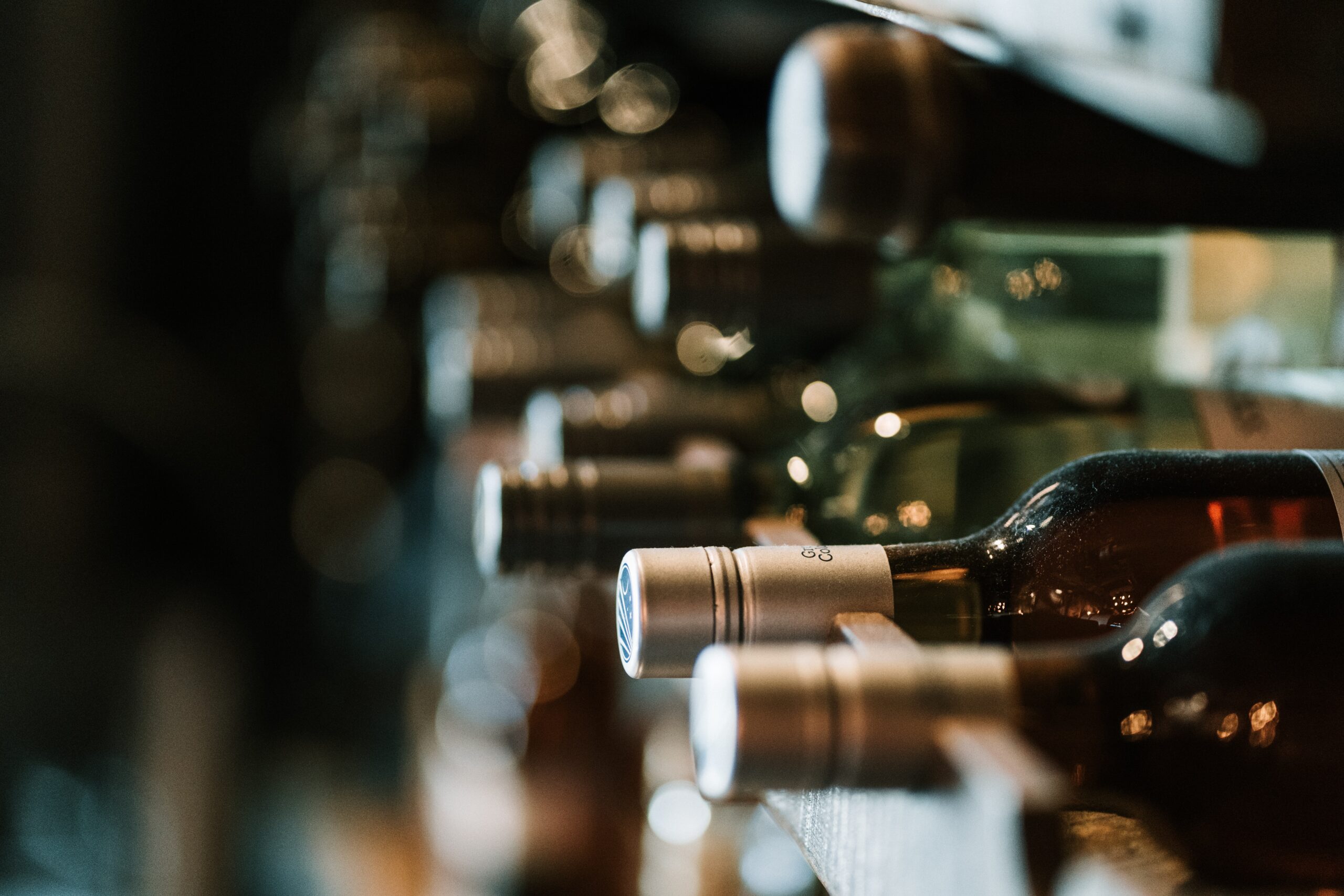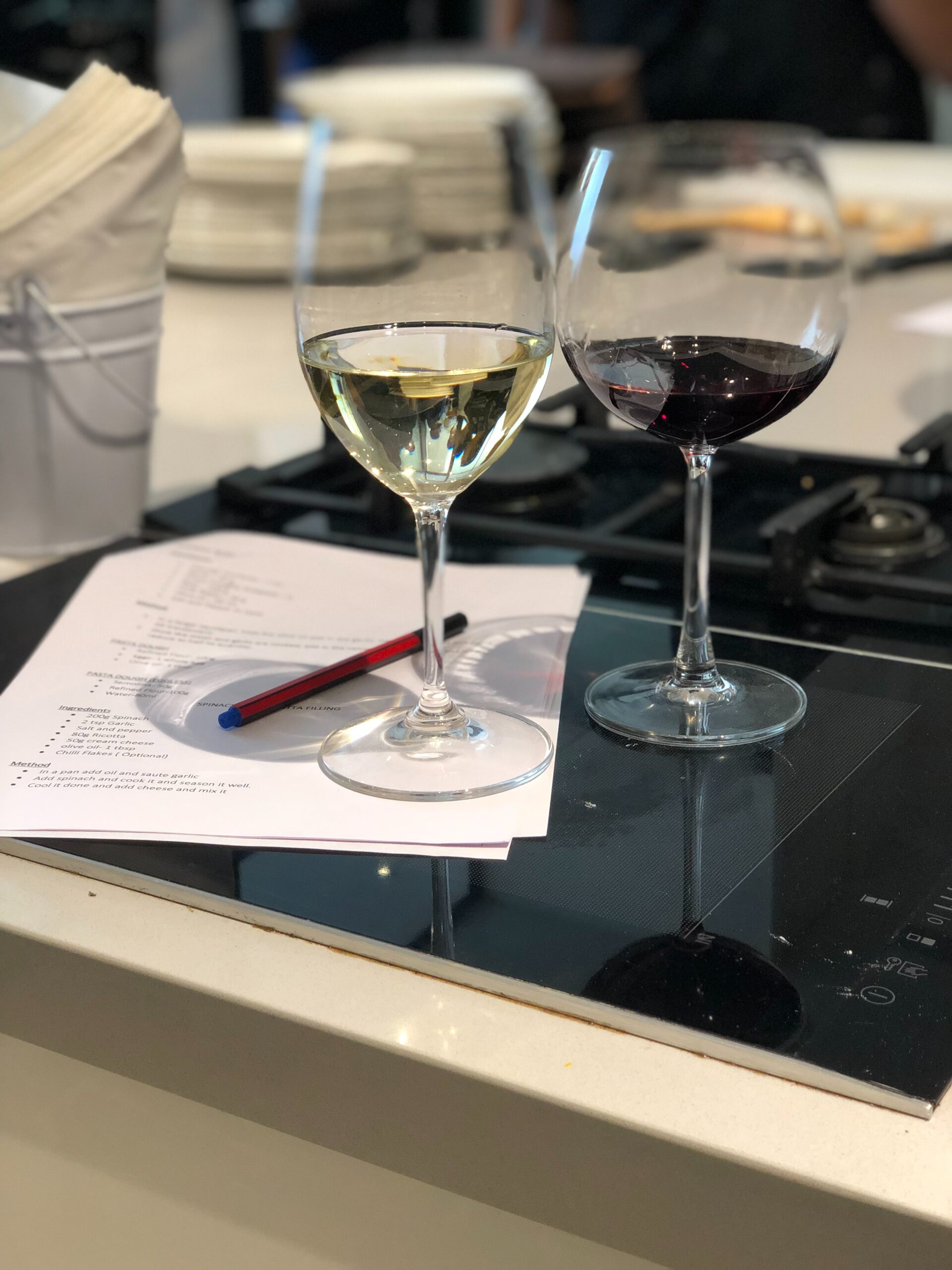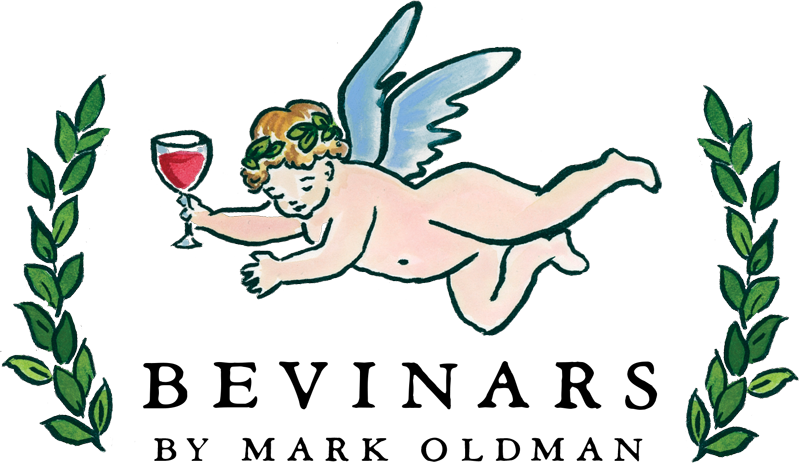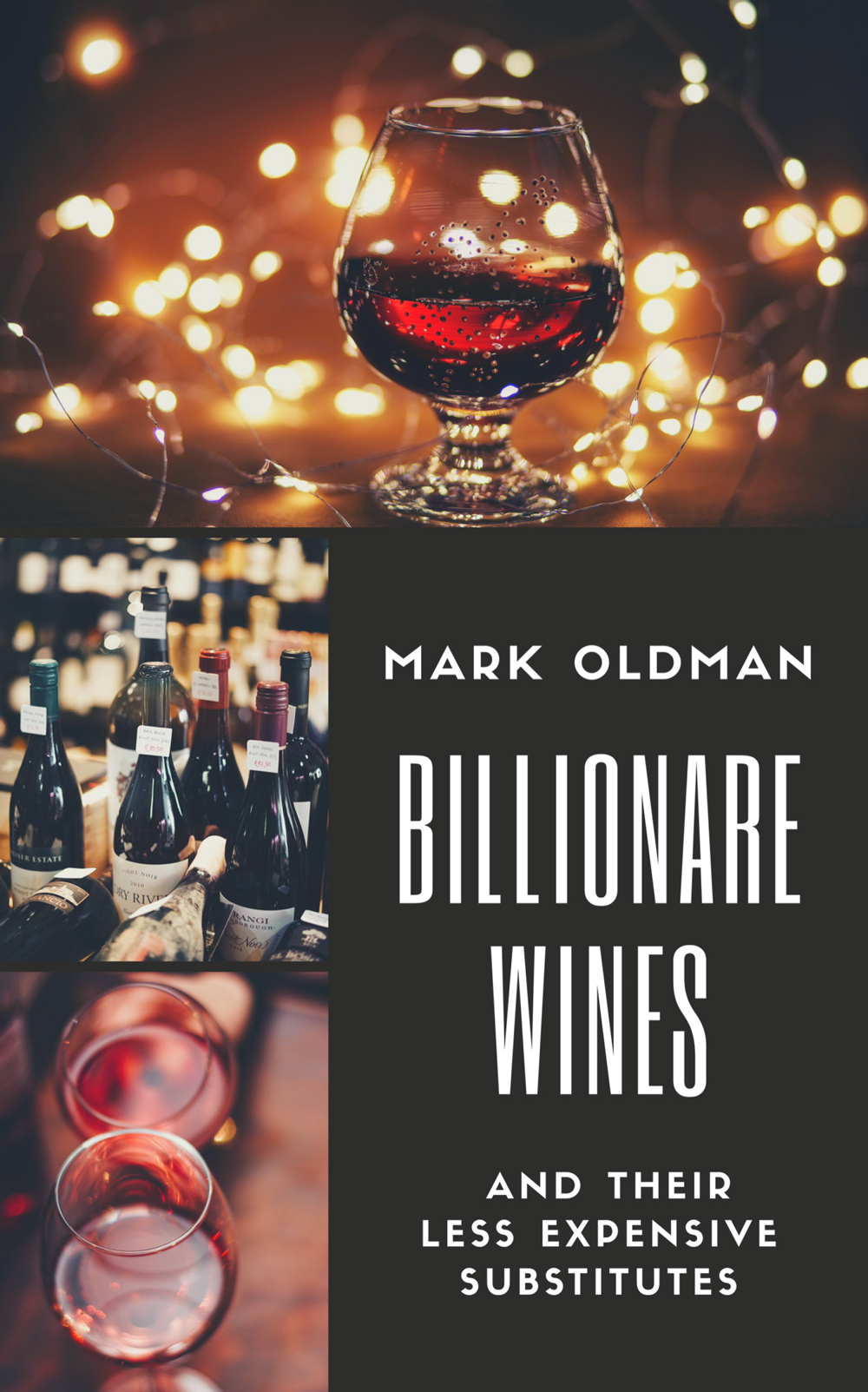Napa versus Bordeaux

Even for those who know little about wine, the names “Bordeaux” and “Napa” evoke visions of the best appellations of France and California, respectively. More precisely, uttering “Bordeaux and Napa” will provoke a comparison of their red wines based on Cabernet Sauvignon, with Napa inevitably portrayed as emulating the famed style of famous Bordeaux chateaux, particularly the “first growths” located on the left bank of the Garonne River. When asked about Bordeaux and Napa, Nicolas Quillé, Master of Wine and co-author of Understanding Wine Technology: A Book for the Non-Scientist, said, “we are comparing two very different places that make wine. Napa is a relatively small wine region with less than 100 years of quality wine history while Bordeaux is a large wine region with more than 1,000 years of quality wine history.”
Is the Comparison Unfair?
In some ways, indeed, the comparison is unfair, even today. In 2022 Napa County winegrowers harvested from 46,128 grape-bearing acres, while Bordeaux vignerons boasted well over 266,000 acres, nearly six times as much. That’s 418.57 square miles of vines, compared to Napa’s 72. To put it in another perspective, Bordeaux’s vineyards could cover an entire sprawling city like Nashville, while those of Napa would fit in a mid-sized state park. Bordeaux stands as the worldwide wine powerhouse. Many recent vintages of Bordeaux wine would fill 288 Olympic swimming pools, or more.
In other ways, though, the comparison proves fruitful in pinpointing what makes wine from these two regions so renowned, sought after, and, in many cases delicious. To really gain a comprehensive understanding of the similarities and differences, taking entertaining classes like Insider’s California Red Wine and Insider’s French Red Wine will more than do the trick.
The Real Comparison is at the Top End
Indeed, most comparisons between Bordeaux and Napa arise from their red wines. As Nicolas stated, “When we compare Napa and Bordeaux, perhaps we really focus on the top end Bordeaux (famous left bank communes plus St Emilion & Pomerol), and we are comparing two regions with Bordeaux red focus at near and above $100 retail.”
Many Napa vineyards boast of their “classic Napa Valley Bordeaux blends,” while you will find no Bordeaux chateaux—the name for local wine estates—claiming to produce Napa style wines. The real comparison comes down to Cabernet Sauvignon, a grape native to Bordeaux, produced a created two hundred years ago from an accidental crossing of Cabernet Franc with Sauvignon Blanc, the white wine grape. Cab reigns as the world’s most planted varietal, but when most people think of great Cabs, Bordeaux and Napa come to mind, especially from high quality estates offering expensive wines like Chateau Margaux and Schrader Cellars “Old Sparky” from the Beckstoffer To Kalon Vineyard.

Diversity Beyond Cabernet
Notably, both Bordeaux and, to a greater extent, Napa also produce a variety of red and white wines not based on Cabernet Sauvignon. These are well worth exploring. Bordeaux dry whites (usually predominantly made from Sauvignon Blanc), for example, have garnered increasing attention over the past decade or so; they are extremely food friendly wines, especially for seafood dishes. The white wines from the Pessac-Leognan appellation truly stand out. Nothing surpasses Bordeaux’s dessert wine, Sauternes, for depth and complexity, but unfortunately, Sauternes currently suffer from a lack of demand. Bordeaux also produces superb rose wines that can be a great value. Finally, you may be surprised to hear that the top grape varietal in Bordeaux is Merlot, and you will even find some reds dominated by Cabernet Franc.
Napa, in part based on its great soil and climatic diversity, also produces a variety of wine styles, including superb whites, but also something you will never find in red Bordeaux: good Pinot Noir. In fact, while about 89% of Bordeaux wines are red, that figure is 78% for Napa, including 51% Cabernet but with the list also including Zinfandel, Petit Verdot, Syrah, and Malbec as well as Chardonnay, Pinot Gris, and Sauvignon Blanc. So, in terms of diversity, Napa has Bordeaux beat.
That’s in part because, over millions of years, Napa soils formed from tectonic plate movement, volcanic activity, erosion, as well as, Napa Valley Vintners says, “the periodic encroachment of San Pablo Bay, which once reached as far as the site of present-day Yountville, and the flooding and movement of the Napa River along the valley floor.” Little Napa Valley thus boasts half the world’s soil orders, 33 soil series, and more than 100 scientifically identified soil variations. It’s a winemaker’s paradise.
Little wonder, then, that over the past 30-40 years numerous Bordeaux winemakers have been attracted by Napa’s potential, including the famous partnership between Robert Mondavi and the Baron Philippe de Rothschild that created the Opus One winery. Napa is also dryer and, in most places, hotter than Bordeaux, which has significant moist, cooling maritime influences throughout the appellation. In Napa, proximity to San Pablo Bay and ocean breezes is a key factor to climate variation, alongside its mountainside vineyards. Bordeaux, by contrast, is relatively flat.
An important commonality is that both Napa and Bordeaux boast carefully made estate wines from precisely, and increasingly sustainably managed vineyards.
The Cab Comparison
To conduct a fair comparison, then we must focus on Bordeaux’s left bank, which includes famous appellations such as Pauillac, Margaux, Saint-Julien, and Saint-Estèphe, which are known for their Cabernet Sauvignon-driven blends. The wines from these regions are often characterized by their structured tannins, dark fruit flavors, and aging potential. Notably, the trend towards more highly extracted, fruitier reds based on Cabernet about twenty years ago influenced both Bordeaux and Napa winemakers. This was exemplified by the preferred wine style of the critic Robert Parker and the flying winemaker Michel Roland.
Those days are mostly over, and Napa and Bordeaux have returned to making representative styles. Don’t think you must always spend $100 or more, as Nicolas said. Some recommended left bank estates for great value include the “belles”: Château Bel-Air (Haut-Médoc), Château Belle-Vue (Haut-Médoc), and Château Bellegrave (Pauillac). For Napa, look for value Cabernets from Beringer, Flora Springs, Louis M. Martini, and Trefethen, among others.
Bordeaux red wine from better estates will age well (which makes them collectible), but with a leaner, perhaps more structured, but still complex style than Napa reds. The best examples can take decades to reveal their true glory. Although this may vary based on climate change, Bordeaux reds will feature fewer distinct flavors and aromas of ripe fruit than Napa ones, have a lower alcohol level, and show a bit lighter and more translucent color. Believe it or not, once Napa Cabs were not deemed as being as age-worthy and collectible as Bordeaux wines. That ended with the advent of brands like Screaming Eagle and Opus One in the 1980s, although, notably, even in 1966 Robert Mondavi emulated producing Cabernet Sauvignon that would mature and become transformed as time passed, never losing quality. Still, fine Napa Cab wines will show more fruit forward character, drinkable at an earlier age than great left bank Bordeaux. So, grab a glass, take a class, and make the comparison!



